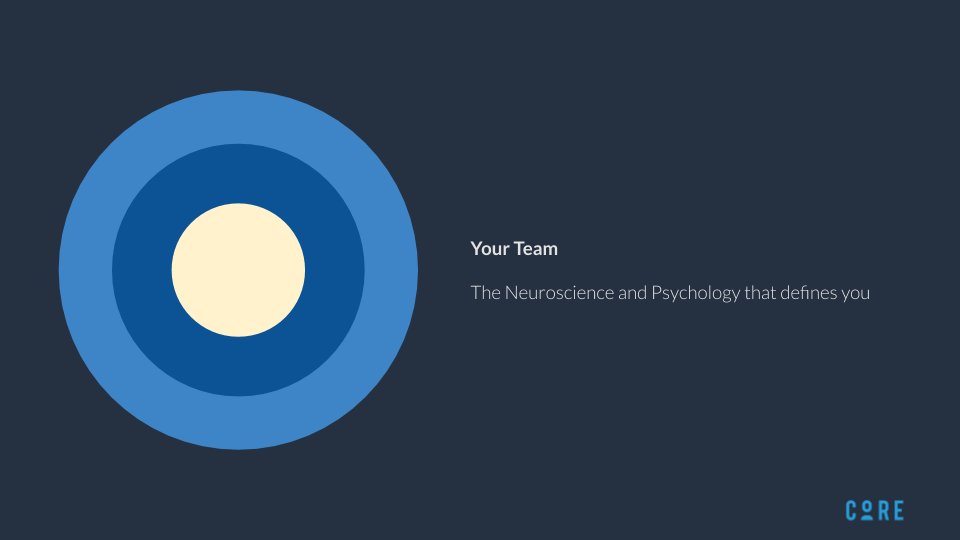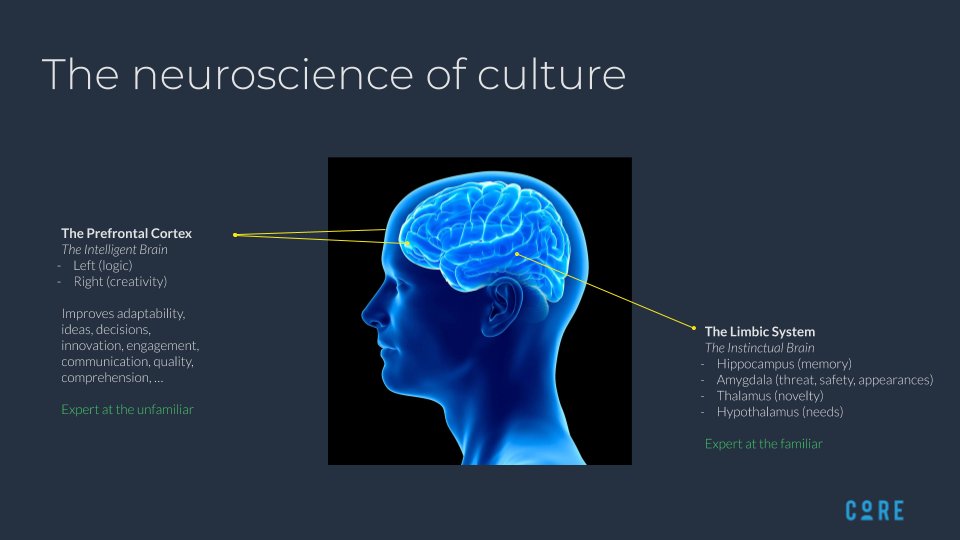
The CORE of a company is what you see when you take the cover off of it and look inside. It is the system of cause and effect that creates everything the company discusses and makes.
Here's how a company works and what you can do to make a company incredible...
👇
Here's how a company works and what you can do to make a company incredible...
👇
1/5 First, companies have Roles, not missions.
A mission is like letting some dude point north. North isn't set by that dude's finger. It's set by the physical properties of our planet.
Missions are descriptions of supply with no regard to demand. That isn't how companies work.
A mission is like letting some dude point north. North isn't set by that dude's finger. It's set by the physical properties of our planet.
Missions are descriptions of supply with no regard to demand. That isn't how companies work.

A business must understand its Role. It must understand why the world is glad it exists, because businesses exist at the world's pleasure. Temporarily, they can game the world. But every day, that gets harder to do.
Every company actually has two cultures. I call them the culture "around" the work and the culture "in" the work.
The culture around the work is about our bicycles, free food, cultural events, beautiful offices, charitable and cause participation, and false drivers of diversity.
The culture around the work is about our bicycles, free food, cultural events, beautiful offices, charitable and cause participation, and false drivers of diversity.
The culture "in" the work is about your actual work and what it feels like when you try to collaborate and create. While a culture around the work can make a company "a best place to work," a culture in the work will make your everyday actual work amazing or a living hell.
The culture in the work is about understanding how we actually fulfill our Role in the world. It's about value creation for the world and each other, quality standards, conversational excellence, and intelligence. These are the ideas that actually constitute a culture.
The culture around the work is decoration. It's either celebrating or compensating for the culture in the work.
And the culture in the work is where an authentic desire for diversity forms, realizing that diversity boosts value creation, quality, intelligence and communication.
And the culture in the work is where an authentic desire for diversity forms, realizing that diversity boosts value creation, quality, intelligence and communication.
3/5 Around that, we move on to team.
Teams either conduct or resist culture. This is because the underlying neuroscience and temperament of individuals and teams is either in or out of alignment with Role and culture.
Teams either conduct or resist culture. This is because the underlying neuroscience and temperament of individuals and teams is either in or out of alignment with Role and culture.

4/5 Around that, we have physiology. The reality of what a team can ACTUALLY do today. In order to move onto the next ring, we must know this one, and few organizations truly understand their physiology, how they are limited, or how to improve it. 

5/5 Finally, we can create strategy. Strategy should be made by working from the future backwards, not the present forwards.
Stay tuned for the next few slides to discuss why...
Stay tuned for the next few slides to discuss why...

OK, so that's what a company really is. Now, let's talk about when things go wrong.
As you go through this, ask yourself if you can relate or remember a time when you felt something like this happening...
As you go through this, ask yourself if you can relate or remember a time when you felt something like this happening...
A truly great and healthy company propels excellence out into the world. Ideas start in the cauldron of understanding role, are shaped into something tangible by culture, are carried forward by the ideal team, supported by physiology, and prioritized so they see the light of day. 

But if a company struggles with its culture, even if it understands its role, things start going wrong. A company that knows why it exists can have a culture that doesn't fulfill that role. There are many reasons, some of which are mentioned in the slide here... 

As that happens, the purity of an idea is transformed. The idea no longer looks like the role. It looks like the culture of expedience, pragmatism, self-centeredness, harmony, or whatever the mismatched culture looks like.
Then we get to what happens with the wrong team. Same story. The idea looks great going in, and looks different coming out. 

But teams can also be heroic. Consider what happens when you have a great team in an otherwise lost organization. I've felt this one big time. 

And here's what we feel when there are gaps and issues in our physiology. It can be something concrete like terrible data systems, issues with adaptability, the ways we spend our time, how good or bad we are at having meetings or with design... 

And finally, we get to the otherwise healthy company that just can't figure out how to jump into the deep end on strategy. 

The issue here really boils down to one, single thing.
Most companies use precisely the WRONG part of the human brain, and do so in almost every single employee.
Why? This was the right part of the brain in the manufacturing era. But it's the incorrect part of the brain today.
Most companies use precisely the WRONG part of the human brain, and do so in almost every single employee.
Why? This was the right part of the brain in the manufacturing era. But it's the incorrect part of the brain today.

So here's what the brain looks like in terms of performance.
Our futures aren't a line. They're a range of possibilities.
When we use the correct part of the human brain, we hug the ceiling of that performance range. When we use the wrong part, we lay on the floor.
Our futures aren't a line. They're a range of possibilities.
When we use the correct part of the human brain, we hug the ceiling of that performance range. When we use the wrong part, we lay on the floor.

Now there's nothing wrong with the floor. A lot of companies and people want to get by. But not the kind of companies I work with. They want to feel that ceiling and make the floor almost completely irrelevant.
If that's what you're after, too, I hope theses ideas help you make your case.
Good luck out there. And thanks for working hard to make sure the green arrow comes out of your org instead of the red one.
Good luck out there. And thanks for working hard to make sure the green arrow comes out of your org instead of the red one.
well i knew I wouldn't get through that without a typo...
• • •
Missing some Tweet in this thread? You can try to
force a refresh



